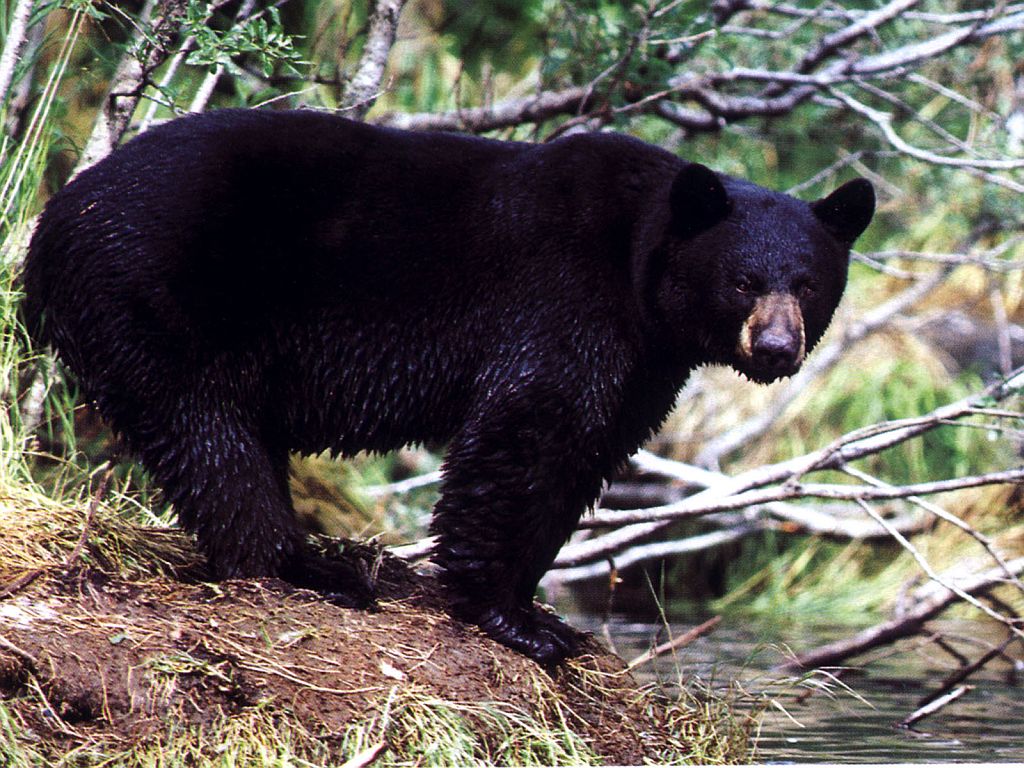
LESSON
FOUR
CAN
YOU
NAME THAT
COGNITIVE
GOALS:
Know importance of the
animals that live at
AFFECTIVE
GOALS: Learn
what they can do as people to make a difference for the animals
FOCUSING
ACTIVITY:
“Today
we will learn about the wildlife at
CONTENT
KNOWLEDGE:
·
Review
vocabulary: mammal- endangered- species-
habitat- recovery plan
·
“What
weighs up to 350 pounds and eats berries,
acorns and fish?” Black Bear- can eat up to 2,000 calories a day.
That’s 40 Big
Mac’s from McDonalds! 23 black bears have been hit by a car in the year
2009
(the main reason: because of people speeding). What can
people do in order to protect these animals?
·
“I
am an animal that you are used to seeing. I’m
aggressive. I’ve injured and even killed more humans than a black
bear!” Mule
Deer-more common for person to be injured by a Mule Deer because people
try
feeding them. Deer may seem harmless but they are wild animals and
should be
treated the same as other wild animals. Wild animals shouldn’t interact
with
humans like we do with house pets (dogs & cats). They are wild and
just
want to protect themselves so sometimes they will harm a human if the
human
tries to pet or invade their space. It is also not healthy for the
animals and
it can harm them. What can people do in
order to protect these animals?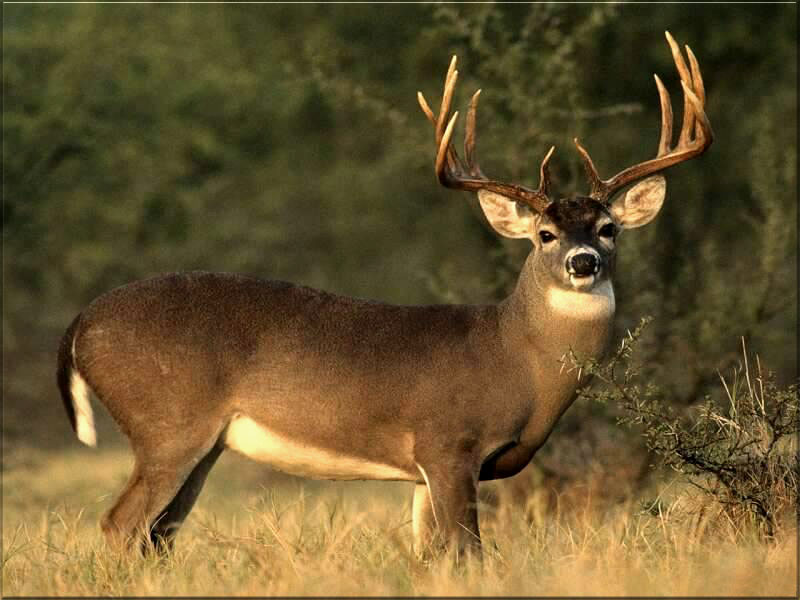
·
Mountain
Lion- also called Pumas, Panthers, and
Cougars. Males weigh 130-150 pounds; females weigh 65-90 pounds. Hear
a mountain lions roar(scroll
down the page on the link)…more
like a loud screech.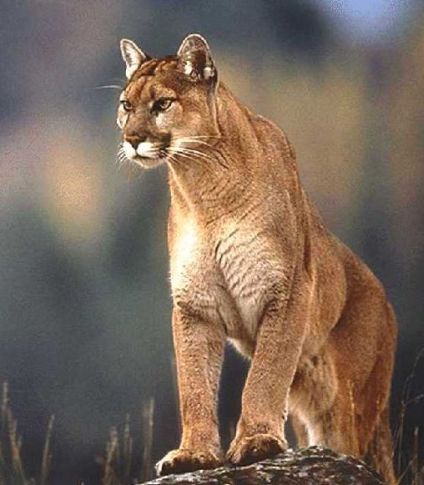
·
“There
are only about 40 of my kind left in 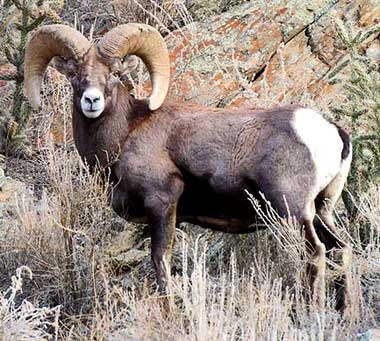
·
“We
are the only kind of our species that humans
can hear…listen…” (http://www.werc.usgus.gov/bats/western-mastiff-bat-searchphasecall.html
)Western Mastiff & Spotted Bat: Listen to the clip of those bats
before
revealing what animal we are going to discuss. Ask students if they
think they
know what the animal is? Sounds like a bird but it’s actually a bat.
What makes
these bats interesting is that they are among the very few species of
bats that
humans can hear. Most other bats make noises that are inaudible, or
impossible
to hear by a human ear
.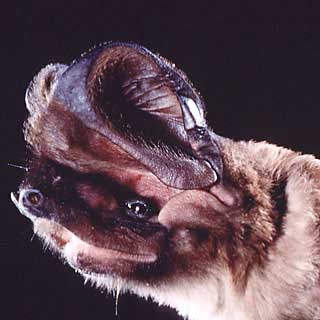
·
“I
can be found in 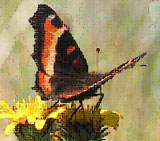
·
“Adults
of my species are bout the same height as
you are right now (comparing to the third graders in our group) but we
don’t
have any feet!” Western Rattle Snake- The only venomous snake found in
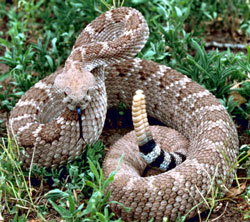
RESPONSE
ACTIVITY:
complete an ABC chart using various books to find names of
native